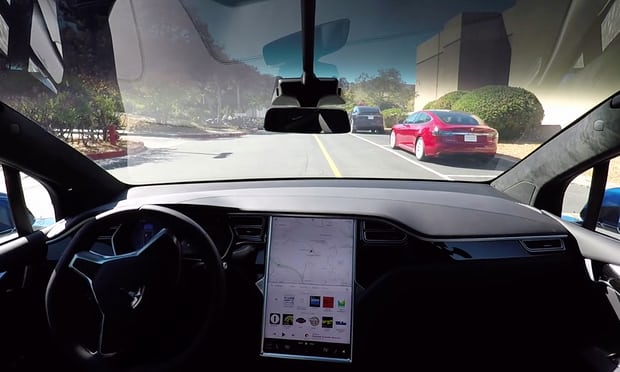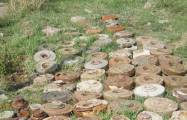A team of researchers have come up with a new laser-based system that efficiently produces images of objects that are hidden around a corner – a development they say could allow autonomous vehicles to see obstacles before they come into the line of sight.
“There is this preconceived notion that you can’t image objects that aren’t already directly visible to the camera – and we have found ways to get around these types of limiting situations,” said Dr Matthew O’Toole, a coauthor of the research from Stanford University.
The approach builds on technologies such as Lidar, a tool used in archaeological mapping that involves sending laser pulses towards a surface and measuring the time it takes for light to be reflected. This data is then used by scientists to build a three-dimensional model of the surface.
But the new technology takes the idea further, using lasers to see around corners. “It is almost like magic,” said O’Toole.
Writing in the journal Nature, O’Toole and colleagues describe how they used a setup in which a laser and photon detector were placed in front of a wall next to an object, and were separated from the object by a partition. Laser pulses were then fired at the wall at an angle. The team weren’t interested in collecting the light that bounced directly back off the wall toward the detector; instead, they wanted to collect light that bounced off the wall, hit the object and was then scattered by it. “We are looking for the second, and third and fourth bounces – they encode the objects that are hidden,” said O’Toole.
While previous approaches to the problem have involved directing laser pulses at one point on the wall and then collecting signals from another point, O’Toole and colleagues used a different technique, pointing both the laser and the detector at the same point on the wall.
They then used the timing of the signals to remove those from light that bounced back directly. The remaining signals were then rapidly processed using an algorithm to reconstruct the shape and form of the hidden object.
“It is a very simple tweak to how you do imaging, but it has major implications in terms of how you can reconstruct the images from that information,” said O’Toole, noting that the new setup uses far less memory and processing than currently, and generates a higher-resolution image.
After first developing an algorithm by creating computer models of how laser pulses would bounce off a model of a rabbit hidden by the partition, the team applied the system in real life, including capturing an image of an “Exit” sign hidden by the partition.
O’Toole said the highly reflective nature of road signs and bicycle reflectors make the technology a good fit for driverless cars, adding that the research uses sensors similar to those already used in autonomous vehicles.
But there are still obstacles to overcome. The initial scanning of the wall can take anywhere from a minute to a couple of hours, while the team need to improve the system so it is better at detecting objects that are not highly reflective or stationary, such as children or wild animals, and make sure it can be used outdoors in bright, sunny conditions.
Dr Anna Anund, who is leading an EU-funded project focused on developing software for driverless car sensor systems, said it was important for autonomous cars to be able to see hidden objects.
“The automated vehicles need to be able to predict or detect what is happening ahead. This is not only what is going on in [their] own lane but also in the surroundings like pedestrian paths, on the other side of the corner etc,” she said.
“If it is other vehicles we are looking for it is more easy,” she added. “More problematic is, of course, unprotected road users or animals.”
The Guardian
More about: technology
















































